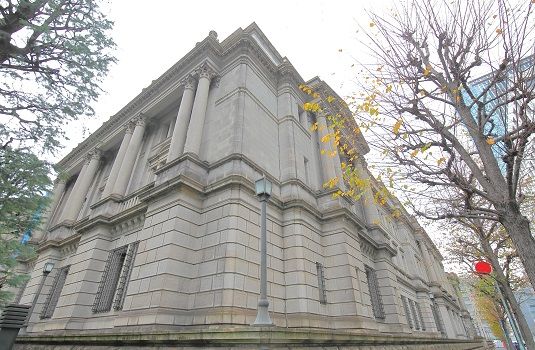The Bank of Japan (BOJ) kept its ultra-low interest rates unchanged on Thursday, emphasizing the importance of closely monitoring global economic trends, particularly given the risks to Japan’s delicate recovery.
While BOJ officials projected inflation near the 2% target over the next few years, they maintained a cautious stance on future rate increases, stating that any policy adjustments would depend on sustained economic growth.
In its quarterly outlook report, the BOJ underscored the need to observe the economic trajectory of key overseas markets, especially the US, along with financial market developments.
It noted that this focus on external factors is essential in assessing potential impacts on Japan’s economic outlook, price stability, and associated risks.
The BOJ reiterated its position on policy adjustments, affirming its intention to raise rates if Japan’s economic indicators align with expectations.
As anticipated, the BOJ held its short-term rate steady at 0.25% during its two-day policy meeting.
JPY vs USD at 153.34
The central bank also revised its core consumer inflation forecast for fiscal 2025, adjusting it slightly lower to 1.9% from 2.1% but cited upward inflation risks for that period.
Core inflation projections for fiscal 2026 remain unchanged at 1.9%, while “core-core” inflation—which excludes fuel costs and serves as a primary indicator of demand-driven pricing—was projected at 1.9% in 2025 and 2.1% in 2026.
Following the BOJ’s rate decision, the yen stayed under pressure, trading at 153.34 against the dollar, and the yield on the benchmark 10-year government bond saw minimal movement.
The central bank expects underlying inflation to stabilize around 2% by late 2025, supported by gradual increases in service prices.
Timing makes it challenging for BOJ to adjust rates
Kazutaka Maeda, an economist at Meiji Yasuda Research Institute told Reuters that that the timing made it challenging for the BOJ to adjust rates.
He highlighted a potential rate increase in December but added that uncertainties related to Japan’s political landscape and the upcoming US presidential election might delay further tightening.
Investors are awaiting insights from Governor Kazuo Ueda’s post-meeting briefing for signals on the pace and timing of future rate hikes.
The BOJ had already raised short-term rates to 0.25% in July after abandoning its negative rates policy in March, as it observed Japan inching closer to its long-term inflation target.
However, Ueda has indicated a measured approach, stating that while the BOJ is prepared to increase rates, it remains cautious given moderate inflation.
Recent data points to a moderate recovery in Japan, with factory output and retail sales rising in September.
However, the ruling coalition’s recent election setback could introduce policy gridlock, raising the bar for further hikes.
The post Bank of Japan holds rates steady, flags global risks amid cautious recovery appeared first on Invezz


